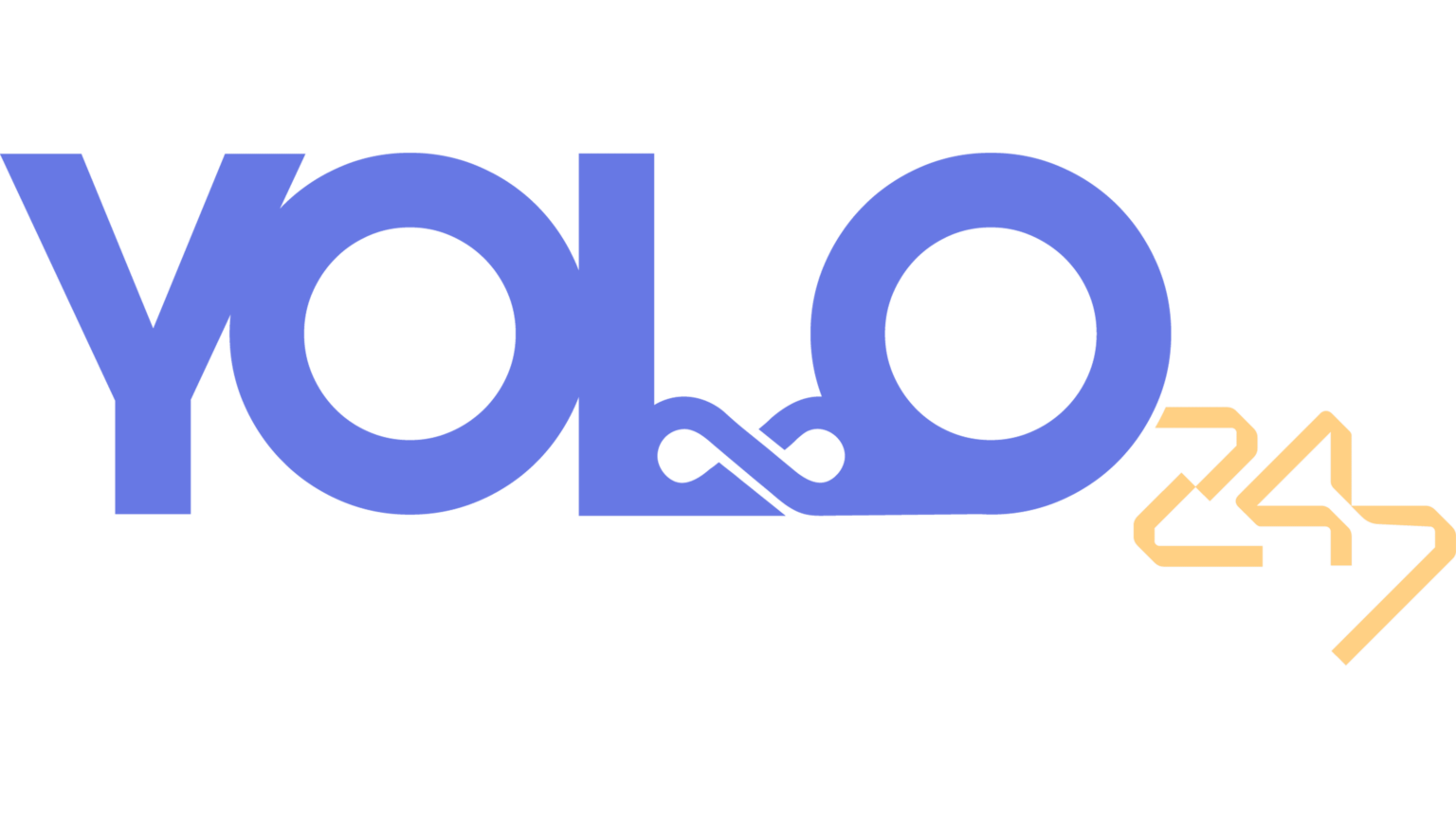Cronos Teams Up with AWS: CRO Hits New Highs in RWA Revolution 2025
Washington, D.C., October 1, 2025 – Cronos, a layer-1...
A Guide to a Fast and Smooth Online Casino Experience
When logging in to an online casino, the last thing most...
Experience Seamless Mobile Betting with the Latest Yolo247 APK
Mobile betting and casino games are gaining popularity,...
Apple Stock Dips 0.5% as iPhone 17 Launch Looms Amid Antitrust Scrutiny
Apple Inc. (AAPL) shares fell by 0.51% to close at $254.16,...
Tesla Stock Surges 32% in September on AI Hype and Delivery Optimism
After a monumental September, Tesla Inc. (TSLA) closed out...
Nike’s Q1 Earnings Miss Sparks 12% Stock Plunge Amid Tariff Fears and Softening Demand
Share of Nike Inc. (NKE): Shares of Nike Inc. (NKE)...
Toncoin Hits $2.70 Amid AlphaTON’s $30M Treasury Boost: September 30, 2025, Signals TON Recovery
September 30, 2025, New York. Nowadays, here is a toncoin...
Leader Development vs. Leadership Training: What’s the Difference?
Strong leadership drives success in business. Businesses...
Shiba Inu Plummets to $0.000012: Shibarium Hack Rocks SHIB on September 30, 2025
New York, September 30, 2025 – The meme coin fever,...
Litecoin ETF Decision Looms: SEC Verdict on September 30, 2025, Could Push LTC to $164
New York, September 30, 2025 – Litecoin (LTC) is at...











 Bitcoin
Bitcoin  Ethereum
Ethereum  Tether
Tether  XRP
XRP  Solana
Solana  USDC
USDC  TRON
TRON  Lido Staked Ether
Lido Staked Ether  Cardano
Cardano  Avalanche
Avalanche  Toncoin
Toncoin